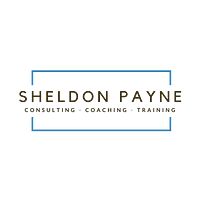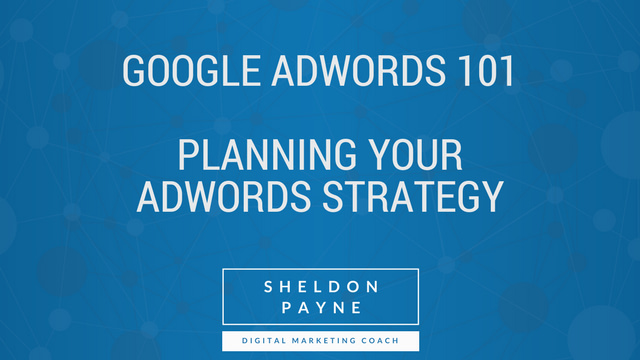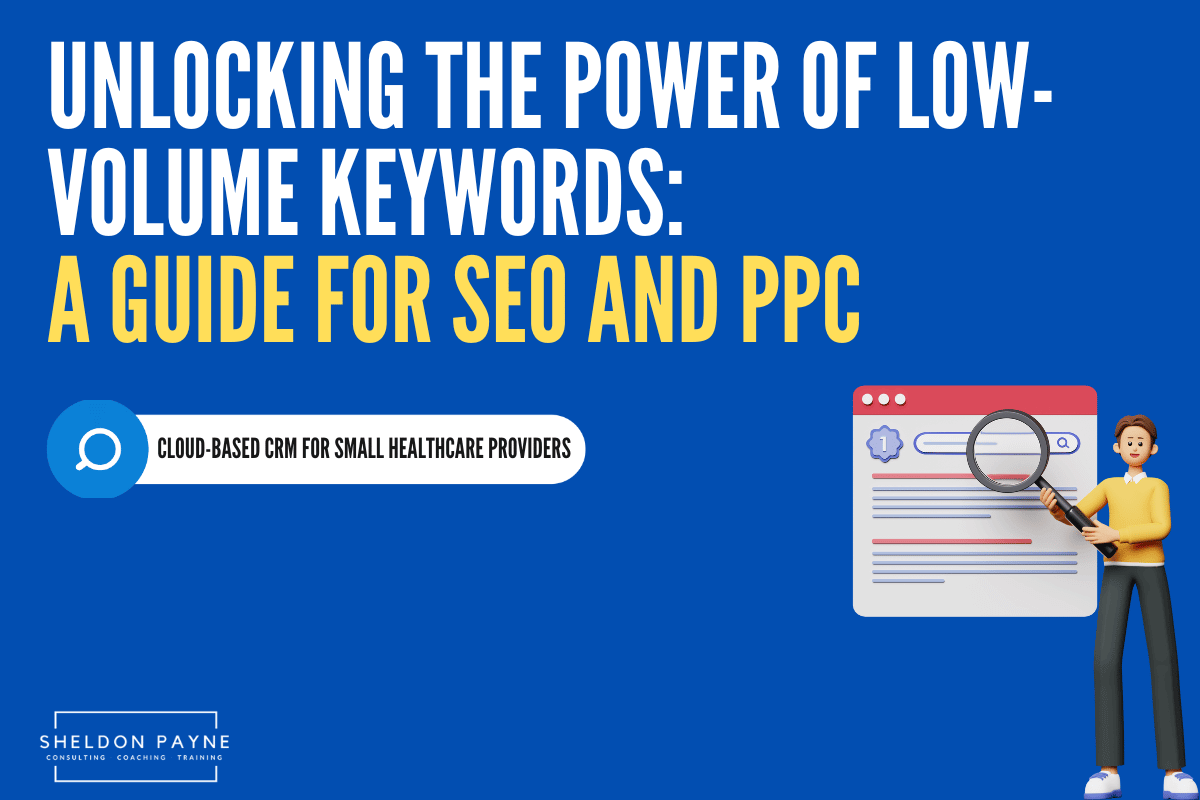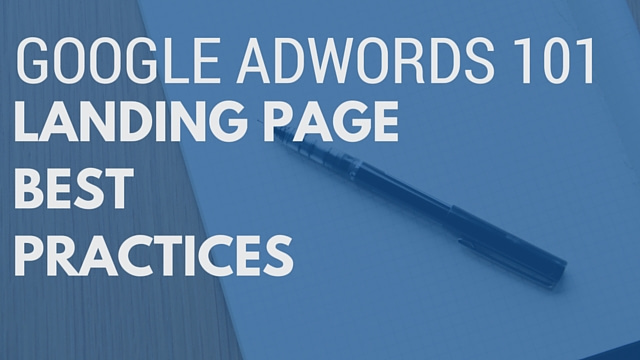Search Engine Marketing (SEM) is quickly becoming the standard for obtaining guaranteed and fast positioning in the top search engines such as Google, Yahoo, and Bing. Unfortunately, it can also become the quickest exit plan for your new or current business if not properly developed and managed.
Setting up your first AdWords campaign can be confusing, but once you do it the first time, it gets easier and easier. In my Google AdWords blog post series, I’ll share my best practices so that you can become a seasoned paid search marketing expert.
In this post, I’ll start with how to plan your AdWords strategy to start your first ad campaign. As with any marketing channel, it’s crucial to have a strategy in place before you get started. Without planning, you’ll simply be throwing away advertising dollars.
1. Determine the Campaign Focus
The first step of developing your AdWords strategy is to decide what your campaign will be for. Here are some questions that may help you choose a focus for your campaign:
- Are you looking to promote a specific product or service, or do you want to promote your brand?
- What are your campaign objectives and goals?
- What are you doing on traditional marketing channels, and how can your digital marketing be integrated with these efforts?
2. Know Your Customer
Create a consumer profile to help inform your AdWords strategy. Consumer profiles are fictional representations of your ideal customers. They are based on real data about customer demographics and online behavior, along with educated speculation about their personal histories, motivations, and concerns. A consumer profile will help you to keep the customer in mind when making decisions for your campaign.
3. Prepare Your Website
Now that you have the preliminary research done and your strategy ready, you’ll need to ensure your website is ready for your AdWords campaign.
- Is your website mobile-friendly?
- Do you have content on the focus area you’ve chosen, or do you need to create some?
- Will you use an existing page or do you need a new landing page?
4. Determining Keywords & Selecting a Landing Page
Keywords and landing page selection are very closely tied, and your ad copy will be determined based on these two elements. There are two approaches to planning your keywords and landing page:
1. You can start by planning the keywords. Think of keywords you can use to describe your product or service or brand, and most importantly, think of terms your customers and potential customers would use. Once you build this list, you can use the keywords as the basis of your landing page. Select an existing page of your website, or create a landing page with new content that reflects the keywords if you don’t have an appropriate page already.
2. You can start by choosing a landing page. If you have an existing page on your website that describes your product, service, or brand, use this as your landing page for your AdWords campaign. Then, take a good look at the content and pick out key terms to build your keyword list.
No matter which way you start, you will likely let the two work off of each other to build your campaign. Then, when it comes time to create your ad copy, you have both the keyword list and the landing page content to work from.
Planning your AdWords strategy is often the most challenging part of starting your first paid search campaign. Planning requires you to know your customer, define your business goals, and then complete the necessary preparations for your future ads. While often time-consuming, planning a strategy for AdWords ensures you are getting the most out of your advertising dollars.
Keyword, landing page, and ad copy take some time and thought to develop. In the coming blog posts, I’ll discuss each of these ad components in great detail.






